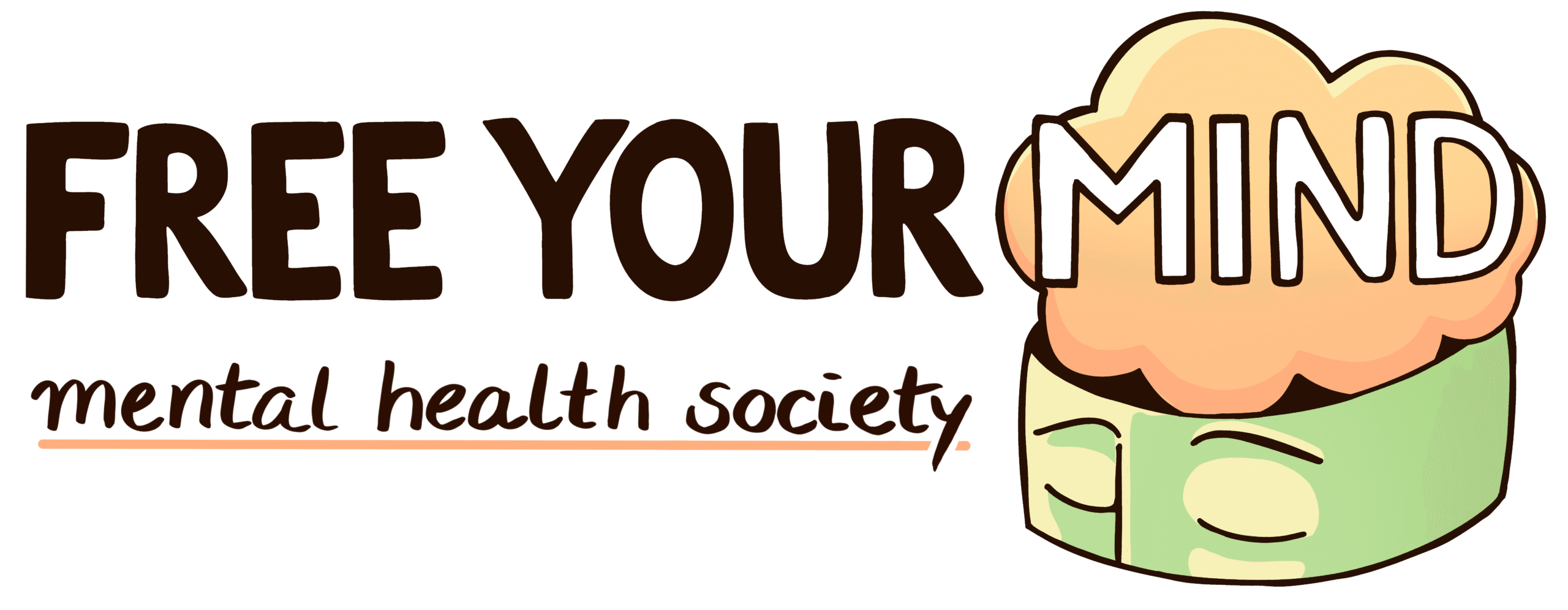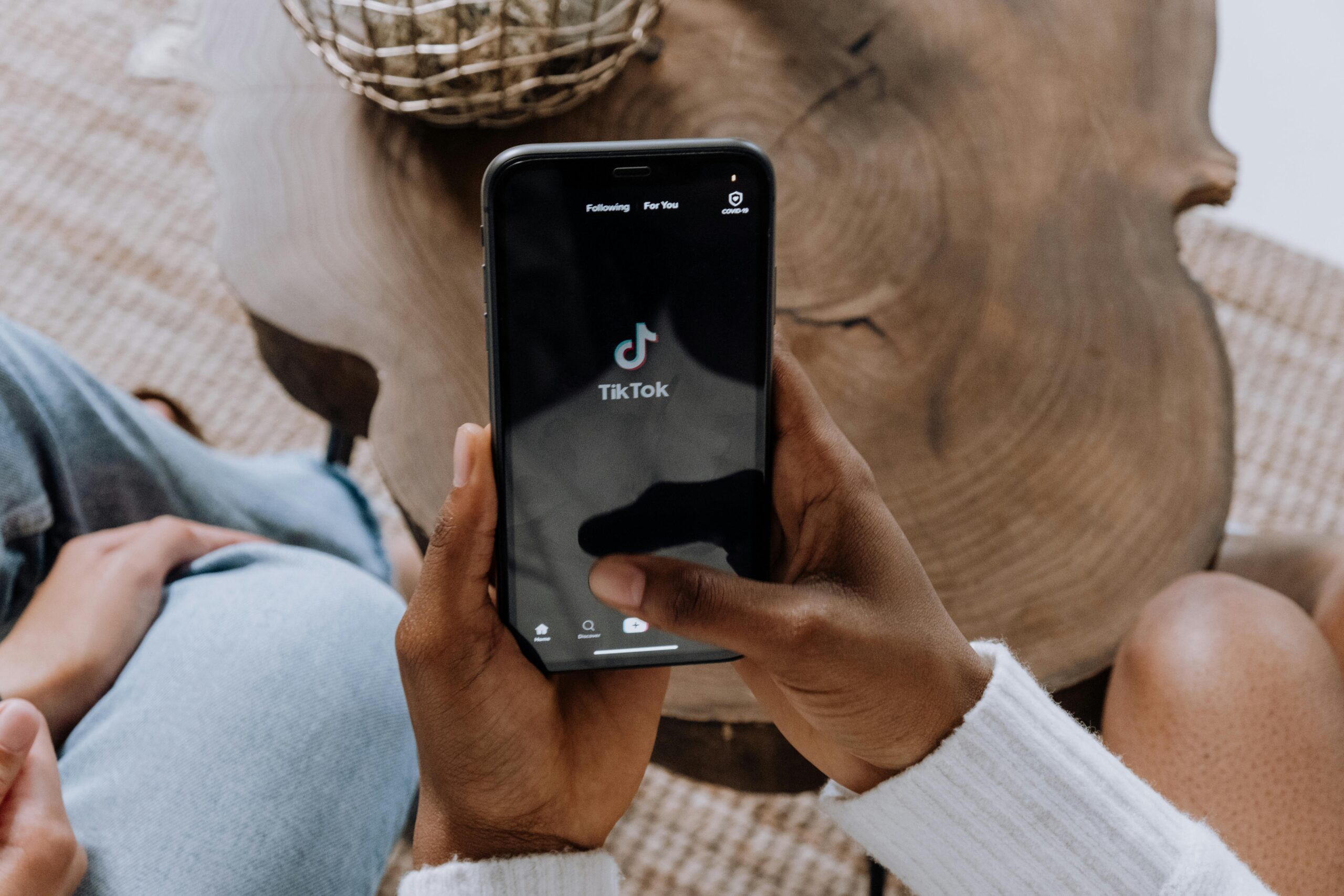Trigger warning: the following blog contains mentions of eating disorders, suicide, and self-harm. Viewer discretion is advised.
The way mental illness has been portrayed in the media has drastically changed throughout history. If you were to exhibit any symptoms that deviated from the norm in Ancient Greece, you were at risk of being shunned from society under the guise of being “possessed by a demon”.
But if you were to search up “mental illness” on TikTok in 2025, you’d be greeted with millions of videos of teens openly expressing their struggles and connecting with others over this.
According to Britannica, romanticization is defined as, “viewing something to be more attractive or interesting than it really is” (Britannica, para 1). The accessibility of social media has crafted a space for youth to enter a world full of mental health discourse. Generally, this isn’t a bad thing. In fact, by increasing conversations about mental illness amongst youth, we are working towards destigmatizing this topic. In recent years we have started to see youth lean towards the other extreme, with self diagnosing, distorting the negative impacts, and treating mental illness as a “quirky accessory” gaining prevalence on social media, creating a revolutionary form of stigma.
Tumblr Echo Chambers of the Past
TikTok did not invent the concept of making mental illness seem grander than in reality. We have seen this effect in movies, paintings, and on other social media platforms throughout history. One example would be Tumblr Echo Chambers.
Tumblr is a social media platform founded in 2007, and experienced its peak in the early-mid 2010s for the microblogging, social networking, and strong community focus it held. Echo chambers are online environments where users are exposed to information that reinforces their existing beliefs, occurring when users follow and interact with content that aligns with their preexisting views, creating a cycle where their own opinions are being “echoed” back at them. In the context of romanticizing mental illness, these echo chambers on platforms like Tumblr and TikTok foster an environment where these users are feeding off of each other’s negativity, perpetuating and normalizing the romanticization of mental illness in these closed communities (Shrestha, 2018). In these Tumblr circles, it was common to see pictures of pill bottles with moody lighting, or photos of razor blades with self deprecating captions. Mental illness is no longer a “taboo” topic in youth spaces, but rather an alluring concept to make you seem more “mysterious”. In fact, one 16 year old on Tumblr wrote that the consumption of these images can lead one to be “pining to be mysterious, haunted, fascinating”.
#Sadtok of the Present
On TikTok, we can see an almost identical culture, with the echo chamber system creating a similar scrolling atmosphere. “#Sadtok” is a small community of people on TikTok that choose to talk about their own mental health through short form videos. These videos often feature rainy skies, emotional scenes from movies, videos from the beach at night, all with melancholic music playing in the background, with the text on top of the video explaining their woes. Videos under this hashtag often touch on some topics related to school anxiety, depression, and grief, all very normal things for young people to experience. #Sadtok has become a way for over 800,000 young people to express their feelings and meet others who feel the same way in a place free of judgement, reaping many positive benefits. Talking about mental health has the potential to reduce isolation, help build support networks, and encourage the individual to reach out for help.
The fact that TikTok has become a dependable way for people to acquire these advantages is incredible and should be celebrated. But, as said by researchers David Nolan and Lisa Dittmer at Amnesty Tech, TikTok is often used by young people to vent about serious, often triggering topics like eating disorders, suicide, and self harm with no filter (2023). This act of venting often consists of medical misinformation, displaying different methods of suicide, or glamorizing trauma. Displaying triggering content through a romanticized lens can lead viewers, who are often teenagers, to not only perceive these harmful topics as “cool”, pushing them to participate, but also waters down the true impact mental illness has on the people who suffer with it.
While conducting research on the way the platform treats mental illness, Nolan and Dittmer were able to create nine distinct categories of harmful content the platform shares. One of these categories was dedicated to “traumatic imagery”, featuring videos of people crying, and breaking down (Dittmer & Nolan, 2023). While it is important to note that it is perfectly fine for people to post and find solace in this content, but when consumed on a high level (with the average teenager watching at least 2 hours of TikTok a day), paired with the blatant misinformation about various mental illnesses gaining widespread traction and being painted as desirable, this content can be dire to the young people that regularly view it.
Self-Diagnosing
A way where this is the case is through self diagnosing. According to a study from The Intake, 30% of Gen Z individuals they surveyed admitted to self diagnosing a mental illness based on content exhibited on social media, with 48% of them self diagnosing anxiety, and 38% of them self diagnosing depression (Redshaw, 2025). The same study claims that the most popular social media platform Gen Z gains misinformation about various mental illnesses indeed is TikTok. Due to the platform crafting a glorified, attractive version of mental illness, it has the potential to push others to self diagnose. Self-diagnosis is a harmful practice as it increases patient anxiety about the diagnosis, increases the chance of an incorrect diagnosis, and can lead people to purchase medication without a prescription to “treat” their newfound disorder.
Conclusion
So, with that being said, how should you engage with mental health content on social media?
Well, here’s my advice: take everything with a grain of salt. While the videos you see online may be entertaining, relatable, or even therapeutic, it is important to note that mental illness is not a quirky accessory or trend, and shouldn’t be treated as such. There is a line between awareness and aesthetic, and we as viewers should be wary of where that line lies, to produce a safer viewing experience for everyone involved.
References:
Ahuja, J., & Fichadia, P. A. (2024). Concerns regarding the glorification of mental illness on social media. U.S. National Library of Medicine. 10.7759/cureus.56631
Curry, A. (2025, February 24). Is self-diagnosis on social media helping or Hurting People’s Health? The Intake. https://www.tebra.com/theintake/medical-deep-dives/tips-and-trends/is-self-diagnosis-on-social-media-helping-or-hurting-peoples-health
Encyclopædia Britannica. (n.d.). Romanticization. In The Britannica Dictionary. Retrieved August 6, 2025, from https://www.britannica.com/dictionary/romanticize
Monteith, S., Glenn, T., Geddes, J. R., Whybrow, P. C., Achtyes, E. D., & Bauer, M. (2024). Implications of online self-diagnosis in psychiatry. U.S. National Library of Medicine. 10.1055/a-2268-5441
Nolan, D., & Dittmer, L. (2023). Uncovering #sadtok – how we journeyed into TikTok’s rabbit holes of despair and how to make a big tech giant care. re:publica. https://re-publica.com/en/node/5159
Shrestha, A. (2018). Echo: The romanticization of mental illness on Tumblr. The Undergraduate Research Journal of Psychology at UCLA. https://urjp.psych.ucla.edu/wp-content/uploads/sites/76/2018/06/URJP_2018.pdf
World Health Organization. (n.d.). Mental health. World Health Organization. https://www.who.int/health-topics/mental-health#tab=tab_1
Note: The Free Your Mind Mental Health Society is an independent youth-led organization. The contents of this blog are not intended to be a substitute for professional medical advice, diagnosis, or treatment. Always seek the advice of your physician or another qualified health provider with any questions you may have regarding a medical condition. In the event of a medical emergency, please call your doctor or 911 or other local emergency numbers immediately

